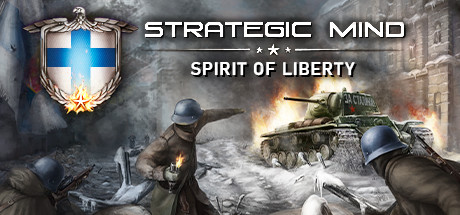Buckle up as we take off to discuss the Finnish airforce of the Winter (1939-1940) and Continuation (1941-1944) Wars. More specifically, we are talking about the Finish fighter aircraft today.
The Winter War
As in many other areas of the Winter War, the Finnish side started as an underdog in the fight. The Soviet airforce had twenty times more planes than the Finns. Anyone would bet on the Soviets here, right?

Fokker D. XXI was the most prominent fighter airplane to oppose the Soviet aerial invasion and subsequent bombardments. It was designed in 1935 by Dutch aircraft manufacturer Fokker and could be considered modern by all standards. This inexpensive and compact plane performed well against the enemy at the beginning but appeared overpowered and too lightly armed against the newer Soviet models.
However, the Finns could only go so far with their dwindling numbers. Sooner or later, it would prove harder to fight off the Soviet aerial forces with a dozen planes. Therefore, a number of foreign planes were commissioned by the Finns, many of which would arrive by the end of the Winter War.
The ones that made it in time were the French Morane-Saulnier M.S.406, or as the Finns called them - Murjaani (Moor), Mätimaha (roe-belly), and Riippuvatsa (hanging belly). It was a sturdy and highly maneuverable plane that managed to strike down Soviet planes but wasn’t modern enough to keep up with the newest enemy planes.
The Finnish force had to be more innovative to make up for the lower numbers and technological inferiority. They had already adopted the four-finger formation, which proved more effective against the Soviet’s Vic formation. And to prevent their forces from being destroyed on the ground, the Finns spread their planes to various improvised airfields, hid them in forests, used lakes to take off, constructed decoys to fool invaders, and attacked the enemy only when those were at a disadvantage.
The Continuation War
The planes late for the Winter War party were used in the Continuation War. In addition, some of the Soviet planes were captured and used to fight back. Thus, the Finnish airforce grew to more than 500 planes.

The American F2A Buffalo (called Brewsters) and P-36 Hawk 75A (Sussu, “Sweetheart”) were a considerable and helpful addition to the Finnish Air Force. Both models were responsible for more than 600 Soviet warplanes destroyed (in contrast, the Soviets managed to shoot down less than 50 of those “American birds”).

German Messerschmitt Bf-109 G, coming later to fight, was meant for the Finns aces and the frontline, replacing the Buffaloes and claiming 664 air victories with only 20 being shot down by the enemy.
In the game

You will have to be extra careful with preserving each of your fighter units, making sure they gain experience, and assigning hore pilots to them. This is the only way to ensure that the Red Army does not get air superiority over the limited finish units. Also, Finns could not churn out new planes, like their opponent - so you have to hold on to anything you could get your hands on.
If you are smart about developing your Air Force you could very well contest the Reds' air superiority with much fewer aircraft.
See our previous unit posts:
Landsverk L-182
Vickers 6-ton tank
Jaeger
Karjalan pelastaja (“The Saviour of Karelia”)
Finnish artillery 1939-1945
Scouts & Kaukopartio
Support us by adding Strategic Mind: Spirit of Liberty to your wishlist
https://store.steampowered.com/app/1474770/Strategic_Mind_Spirit_of_Liberty/
With Best Regards from Kyiv
Starni Games team
